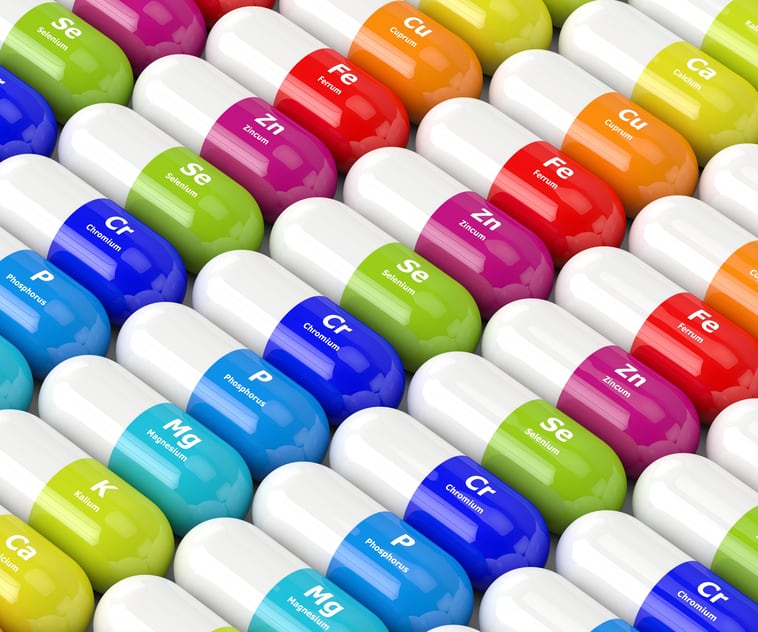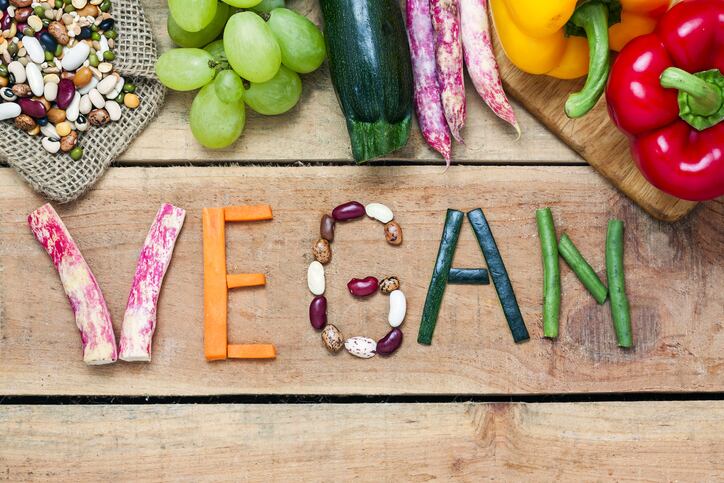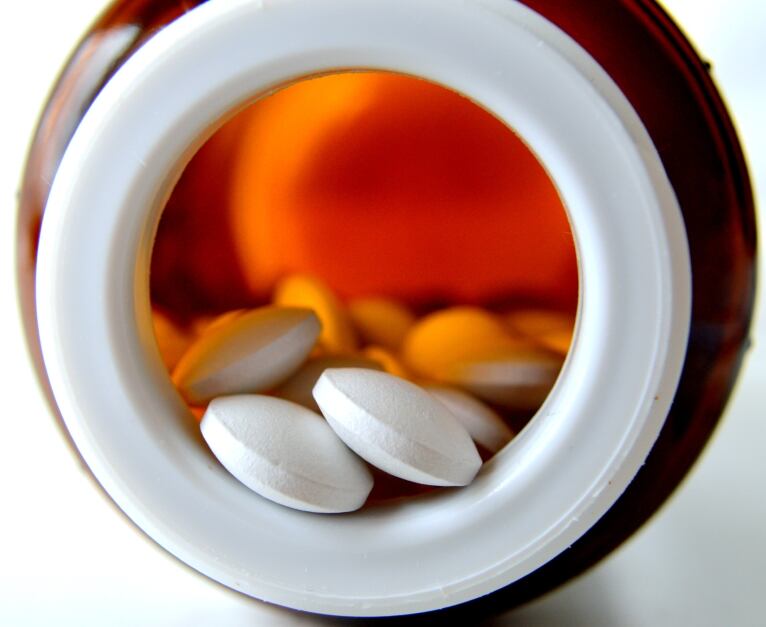The country’s actions mirror recent publications by Ireland and The Netherlands, which has notified the EU of their intentions to set maximum safety levels for vitamins and minerals.
Other corresponding agencies to follow suit include the German Federal Institute for Risk Assessment (BfR) and Norway, which amended existing regulations on vitamin and mineral addition to food and supplements.
“We believe that all these national initiatives clearly demonstrate the lack of involvement by the European Commission in establishing a general regulatory framework that achieves full harmonisation,” says Spain’s Association of Dietary and Food Supplement Companies (Afepadi)
“Today, European legislation that includes the maximum safe levels of vitamins and minerals offers only a general orientation, but nothing concrete.
‘Achieving harmonisation’
“If it is taken into account that, since 2002, following the EFSA opinion, the necessary elements are available to set these limits, it is necessary that the European authorities take action on the matter and get to work to achieve harmonisation that avoids the adoption of national initiatives based on disparate criteria.”
In updated documentation, Poland has set a maximum vitamin D level of 2,000 International Units (IU) or 50 micrograms (μg) per day for adults.
The country’s authorities also deem a maximum vitamin C level of 1,000 mg per day for adults as safe although it advises its consumption is not recommended for those with a predisposition to kidney stones.
For vitamin A, a maximum intake level of 800μg of retinol equivalent (RE) per day for adults) is advised with a maximum 7mg per day set for beta-carotene.
Second 2019 update
The update comes swiftly after Polish authorities attempted to set maximum levels of ingredients used in food supplements at the start of this year.
Here the authorities set limits and conditions of use for isoflavones (soy and others) as well as aloe vera and beta alanine preparations.
Further amendments to theses limits extend to folic acid, where a maximum level of 600 μg per day is advised for adults and up to 800μg for pregnant women.
For food supplements containing 800μg, the Polish authorities advise the use of a label containing the warning, "Pregnant women should consult their doctor before taking this supplement."
The Authority also deem a niacin (niacinamide) level of 830 mg per day to be safe and for nicotinic acid, a maximum level is set at 16mg per day for adults.
A maximum level of 1.8mg and 15mg per day for adults is also set for manganese and zinc respectively.




